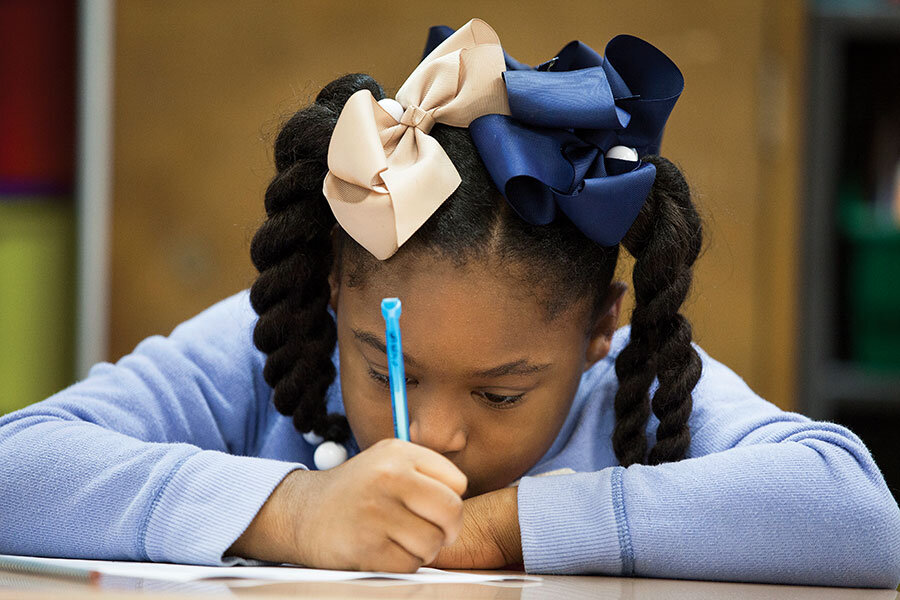In praise of cursive writing
Loading...
I am a volunteer mentor in our local middle school. Recently, while working with my excellent young man, I wrote him a note regarding an assignment he needed to work on. “Here,” I said, “keep this with you so you don’t forget.”
He took the slip of paper and stared at it for a moment before commenting, “I can’t read this.”
I wasn’t sure what he meant. I retrieved the note and examined it. It was my best Palmer penmanship, with delicately curved letters listing gently to the right. And then the boy interjected, “I can’t read cursive.”
It’s true, then. The news about schools no longer teaching handwriting. The idea, as I understand it, is that students use keyboards now, so where exactly does cursive fit in? At the risk of sounding like a creature on the verge of extinction, or worse, a nostalgic, let me count the ways.
First, there continues to be a need to sign “hard copies” of documents. There is a sense of ceremony and a seriousness of purpose about the act of signing something. It calls to mind the signers of the Declaration of Independence. Just look at those signatures! John Hancock’s was so robust, original, and elaborate that, more than 200 years later, it still serves as the unmistakable logo of a namesake insurance company. And why not? It is a work of art.
Second, a great part of the history of the United States is recorded in handwritten documents, including personal letters. There is nothing like seeing, and, if opportunity permits, touching, actual source material rendered by pen ink on paper. If one has not been taught to write in cursive, it is unlikely that one will be able to read it.
Third, handwriting is often a manifestation of one’s personality. I had a favorite fifth-grade teacher (back in the Paleolithic Era) whose handwriting was nothing short of regal – prim, proper, and lovely, as was she. Similarly, another teacher’s script was crabbed and jagged, perhaps a reflection of her prickly nature vis-à-vis her young, and sometimes unruly, charges.
Fourth, and perhaps most important, when one is trying to learn something, somewhere in the process there must be a slow step. Writing “longhand” is a means of slowing down enough to be able to think deeply about what one is penning.
The campaign to do away with cursive has been precipitous, with supporters almost giddy about the prospect. I have tried, to the extent that I can, to offer respectful opposition, but all my arguments seem to fall on deaf ears. One teacher offered that if there were really a need to jot something down, then one could just print it in block letters.
I suppose. But then I ask myself: Has anything significant – with the exception of ransom notes – ever been printed by hand? Nothing comes to mind.
Perhaps the strongest argument for the retention of cursive is that it is, or at least can be, beautiful. If you have forgotten this, take a look at Magna Carta, the US Constitution, and the Bill of Rights. Text typed on a computer is not beautiful because it is not distinctive – my Helvetica font is the same as yours or anybody else’s.
In times of budgetary trial, schools often jettison music and art instruction (but retain sacrosanct football). If cursive joins those refugees from the curriculum, then it will be the loss of yet one more outlet through which students are able to say, “This is my mark. This is me.”
In fifth grade, laboring under the graphologic lash of Mrs. Shaw, who made us do handwriting drills – endless series of loops and ups-and-downs, followed by the penning of a stock phrase such as “The quick brown fox jumps over the lazy dog” – I once handed her my finished work. She looked at it, caught her breath, and said, “Oh, my. I think you’re going to be a writer someday.”
Thank you, Mrs. Shaw, for seeing so much in my handwriting. I needed that nudge.





